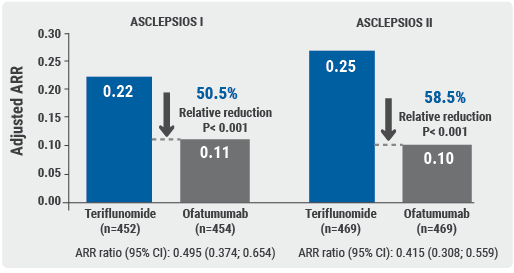https://doi.org/10.55788/552056a3
Studies suggest that people who develop MS later often experience subtle symptoms in the preceding years, such as a somewhat higher rate of physician claims, hospital admission, and/or drug prescriptions [1]. A Swedish group examined annual sickness absence rates of up to 10 years before MS onset, using national administrative and registry data [2]. Dr Ali Manouchehrinia (Karolinska University, Sweden) said that the topic of prodromal MS is both intriguing and transformative in the understanding of MS, in the clinical management of MS, and in MS research. “A well-characterised prodromal phase of MS opens up a lot of opportunities for prevention strategies,” he noted. In this context, Dr Manouchehrinia cited earlier work from his group, which indicated that ≥13% of MS cases could have been prevented by avoiding smoking [3].
A novel outcome that the researchers could use was sickness absence benefits. Any resident in Sweden ≥16 years of age with income from work can obtain these benefits if their work capacity is reduced because of disease or injury. Two cohorts of patients were formed: cases identified via inpatient/outpatient registers (administrative cohort) or via the Swedish MS registry (clinical cohort). The administrative cohort comprised 8,640 cases and 43,259 matched controls; the clinical cohort 6,527 cases and 32,589 controls.
The results showed that sickness absence rates steadily increase in the years leading up to the diagnosis of MS, starting to rise as early as 10–12 years before clinical onset in the administrative cohort. The rate ratio peaked in the year prior to MS onset, when it was about 2.5 times higher than in controls. The pattern was similar in the clinical cohort. Dr Manouchehrinia concluded that analysing and monitoring sick-leave patterns may aid in timely MS diagnosis and intervention.
- Wijnands JMA, et al. Lancet Neurol. 2017;16:445–451.
- Manouchehrinia A, et al. The prodromal phase of multiple sclerosis: evidence from sickness absence patterns in the 10 years prior to disease onset: a matched cohort study. O184, MSMilan 2023, 11–13 October, Milan, Italy.
- Manouchehrinia A, et al. Front Immunol. 2022;13:840158.
Copyright ©2023 Medicom Medical Publishers
Posted on
Previous Article
« Letter from the Editor Next Article
Fenebrutinib shows rapid reduction of new Gd+ T1 lesions »
« Letter from the Editor Next Article
Fenebrutinib shows rapid reduction of new Gd+ T1 lesions »
Table of Contents: MSMilan 2023
Featured articles
Letter from the Editor
Real-world data supports ocrelizumab prior to conception
Progressive MS
Early initiation of highly active treatment associated with a lower risk of SPMS
Ocrelizumab more effective than interferon/glatiramer acetate in older MS patients
Paediatric MS
Prioritising high efficacy therapies in children with MS
Omega-3 polyunsaturated fatty acids associated with lower risk of MS activity
NMOSD & MOGAD
An update on evolving treatment algorithms for NMOSD and MOGAD
Women’s Health
Rate of grey matter brain atrophy accelerates after menopause
Real-world data supports ocrelizumab prior to conception
Miscellaneous
New insights into the contribution of EBV to MS pathogenesis
COVID-19 infection associated with higher MS relapse rate
Telerehabilitation effective in improving MS symptoms in patients with moderate disability
Curing MS
Understanding what an MS cure means and what it takes
Prodromal MS
Progressive brain tissue loss precedes the onset of clinical MS by years
Sickness absence rate increases years before clinical onset of MS
Treatment Trials and MS Strategies
Early intensive treatment enhances long-term clinical outcomes
Oral glycolipid shows promise in the treatment of MS, especially SPMS
Fenebrutinib shows rapid reduction of new Gd+ T1 lesions
Challenges of de-escalation versus discontinuation of highly effective DMTs in older MS patients
Biomarkers & Imaging
χ-separation can assess the effects of tissue destruction in early MS lesions
High sGFAP levels are associated with disease progression, independent of NfL or relapse activity
Broad rim lesions correlate with a rapidly progressive MS phenotype
Smouldering inflammation detectable even in the earliest stages of MS
Related Articles

November 25, 2020
Masitinib: a first-in-class TKI as treatment of progressive MS

November 8, 2019
Late-breaking: Ofatumumab versus teriflunomide in relapsing MS
September 7, 2023
Retinal layer thickness predicts disability accumulation in early RMS
© 2024 Medicom Medical Publishers. All rights reserved. Terms and Conditions | Privacy Policy

